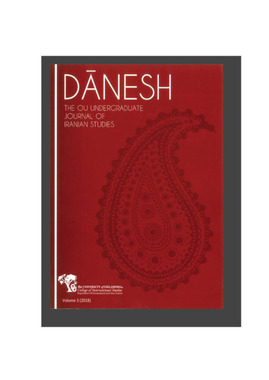| dc.description.abstract | Trying to pinpoint individual acts of agency within cinema can be difficult. This is especially true within Iranian cinema because agency takes different forms than viewers would assume. The term agency itself is ambiguous. It often ignores culture completely, operating on a universal Western definition that fails to encapsulate outside experiences that lead to human action. This paper seeks to explore how women are portrayed as their own agents within Iranian cinema. In order to do this, agency must be taken out of its Western context. The reason for this is that people tend to view agency through ethnocentrism, whether intentionally or not, and discount its existence in foreign works. Doing this is extremely dangerous since it marginalizes women even more by allowing the viewer to either dismiss women or to develop a savior complex, looking to rescue the “oppressed.” It also provides a justification for interference that either has no basis or functions on a lack of understanding. This paper will explore the definition of agency, provide a historical overview of women in post-revolutionary Iranian cinema, and discuss several films and the individual acts of agency within them. As I will argue, throughout its post-revolutionary history Iranian cinema has portrayed women as agents in their own right. This is especially evident in films such as Bashu the Little Stranger, Time for Love, The May Lady, and Ten. Although women are depicted as agents in these films, agency manifests itself in unique ways that stand in contrast to a Western conception of the term. | |
